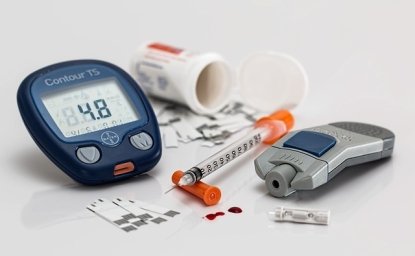About the project
This project aims to create an affordable way to produce specific 3D printed devices to help patients suffering from paralysis and other spine-related disabilities. Its inventor, Donald Bejleri, a biomedical research engineer from the University of Florida is really passionate about regenerative medicine and tissue engineering.
The project will work by developing a 3D printed material, which will be loaded with stem cells and astrocytes to induce spinal tissue regeneration. The project achieved 103% of their funding goal on Experiment.com
How Does It Work?
“The parts of the experiment are to develop a 3D printed material, load cells onto it, and measure their growth with factors to push tissue regeneration. So far I have printed the scaffolds and loaded them with stem cells. The cells love the scaffold, but need astrocytes (helper cells) and growth factors to fully turn into spinal tissue, which is why the growth factors, printing, and cell upkeep are important. The next steps will start ASAP after building up the funds, with experiments estimated to take 3 months. I will first create astrocytes using growth factors, then load the scaffold with the cells and factors to guide regeneration. Also, the astrocyte/growth factor protocols are well developed, leaving little room for risk, with the focus being evaluation of tissue regeneration.”
Source: https://experiment.com/projects/affordable-3d-printed-neural-devices-for-spinal-cord-regeneration?s=discover
Explore More
Browse Insights & Analysis
360° View of How Southeast Asia Can Attract More FDI in Chips and AI






